Superga : a basilica, a tragedy and the birth of a legend
Located at 10 km of Turin, on top of the Superga hill after which it takes its name, the Basilica of Superga, is one of these sites where history and story meet. Burial place of a royal family, it is also the site of a regal vow and of a terrible tragedy, as well as a place of international commemoration.
The Basilica was commissioned by Vittorio Amedeo II at a critical point during his reign, more precisely, during the French siege in 1706. Legend has it that the duke (then King of Sardinia, but who would later become King of Sicily) climbed to the top of the hill to check on the position of the French-Spanish army that had been besieging the town for four months.
He prayed to the Madonna for help and made a vow that in exchange for the liberation of Turin he would dedicate the site to the Holy Mother of Graces. The victory came, Vittorio Amadeo was crowned King of Sicily and the design of the basilica was entrusted to the famous Sicilian architect Filippo Juvarra.
The construction of the basilica began in 1717 and took 14 years to complete. The tip of the hill had to be reduced by about 40 meters to create a wide flat area that would be wide enough to accommodate the church. The shape of the basilica, as designed by Juvarra, was meant to fuse with the shape of the hill on which it stands.
Built following a circular plan, the Basilica has two main chapels and four secondary chapels. On each side of the church stands a symmetrical bell-tower. At the main entrance of the church is a long pronaos (porch) with eight Corinthian columns.
Inside the Basilica, on the right, a stairway leads to the cupola from which you have a breathtaking view over Turin, the Po river and the circle of the Alpine peaks as a backdrop. The view here is even more impressive than the one you have from the top of the Mole Antonelliana. The panorama was described by Rousseau as “the most wonderful sight that can strike the human eye”.
Left of the altar is the chapel of the vow, which has become a pilgrimage center. The vow is also celebrated in a fresco and a painting in the Church of Saint Cristina in Piazza San Carlo in the center of the city.
Below the church is the Royal Crypt, with the tombs of many of the princes and kings of the House of Savoy who were buried here from 1731 onwards. However, Vittorio Emanuele II, the first King of Italy, was buried in the Pantheon of Rome. There is also the Central Chapel, which includes splendid monumental sculptures, and the Room of Popes, with the portraits of all the popes who have ascended the papal throne after Saint Peter.
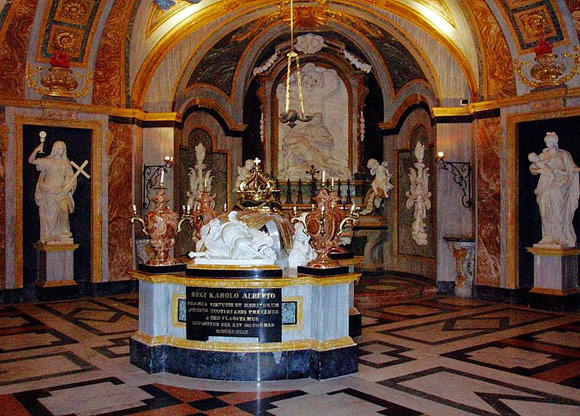
Two hundred and fifty years after the siege, on September 7, 1956, a celebration was held at Superga to commemorate the soldiers who lost their lives on either sides of the trenches, in the presence of the Consuls of the four nations involved (Italy, Spain, Austria and France) . A floor plaque inside the basilica states: “Here rests a soldier of the armies of Austria, France, Piedmont and Spain, who fell during the 1706 Siege of Turin. Two and a half centuries later, on September 7 1956, his mortal spoils were removed from the shrines of the plain and placed here as a sign of renewed friendship among peoples. Custodian the Holy Virgin, for the Glory of Superga.”
In 1949, the plane that was carrying the legendary football team Torino, crashed into the base of the rear-wall of the Basilica. The football team, known as Grande Torino, had become a legend after it won 5 consecutive scudetti (Serie A Titles) between 1942-1943 and 1948-1949 (taking into account the interruption due to WWII). The legendary team set numerous important records, many of which still stand today.
In the air plane tragedy the entire football team perished, together with their management and technical staff and three famous journalists of that time. The airplane was about to land at the airport of Torino-Aeritalia on its way back from a friendly game in Portugal when it hit the Basilica complex due to foggy weather conditions and low visibility.
At the time of the crash, the Grande Torino was again leading Serie A with four games left to play in the season. After the entire team perished in the crash, the club decided to play the remaining four games fielding its youth team, Primavera. In a poignant sign of respect their four opponents in each of these matches (Genoa, Palermo, Sampdoria, and Fiorentina) decided to also field their youth teams. Primavera won each of the matches, as well as the scudetto.
The disaster had not only claimed the entire Torino team, but also seriously weakened the country’s national side which had included up to 10 Torino players. Their captain, Valentino Mazzola, was also the captain of Italy’s national football team. This in itself is also a record: never before nor after would the national team be made up of so many players stemming from the same team. Only the goal keeper, Sentimenti IV, played in Juventus, but the reservist goal keeper was also from the Grande Torino team. Torino itself would not win another title until 1976.
The emotional impact of the victory of this team in the years following the war, and the subsequent crash, was huge. Half a million people attended the funeral service in honor of the victims. The following year, the National team, who was to attend the FIFA World Cup in Brazil, decided to go by boat, which took them three weeks!
Three rooms inside the cloister of the Basilica now host the Museo del Grande Torino. A monument behind the church, approximately where the crash took place, pays tribute to the legendary team, which was defeated only by fate.
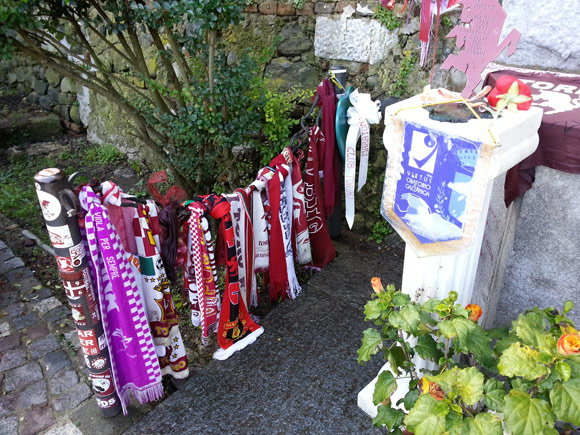
Related articles:
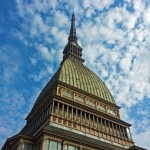
10 Reasons why Italy should be on your Italy bucket list
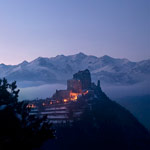
Sacra di San Michele: a Mysterious Monastery high up in the Mountains
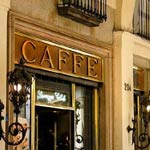
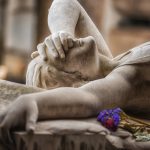
Top 8 most amazing cemeteries of Italy
Photo credits: all photos © Slow Italy, except (from top to bottom): Featured photo © Marco Saracco/fotolia; Basilica at dusk by lounae; Superga basilica dome by Mastino70; tomb of Carlo Alberto by RiccardoP1983.

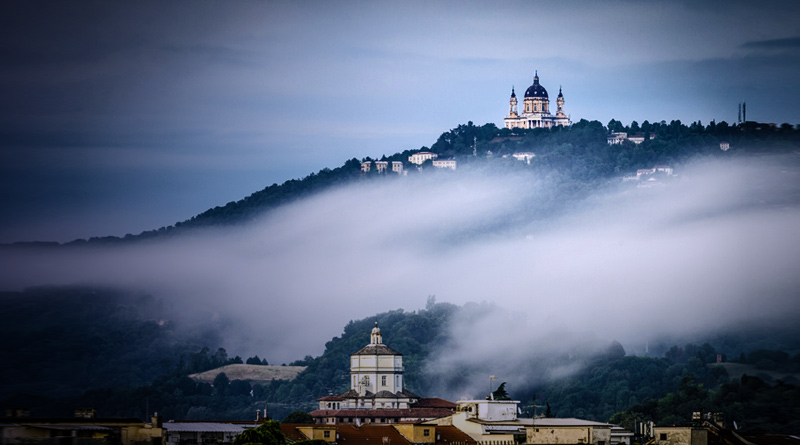
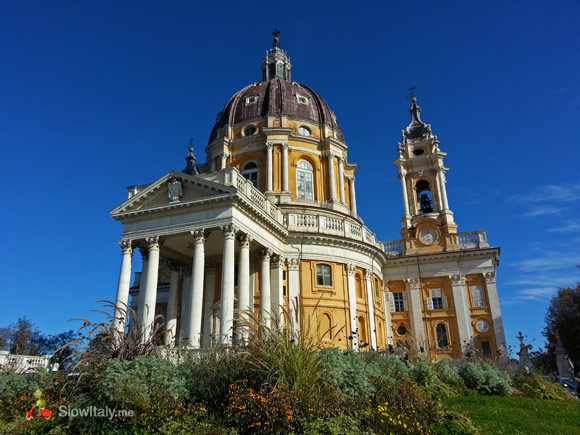
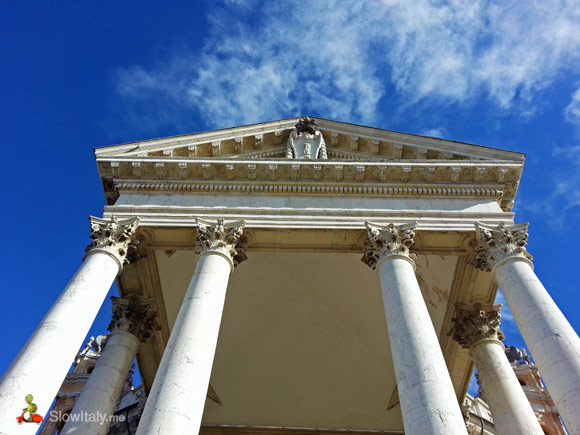
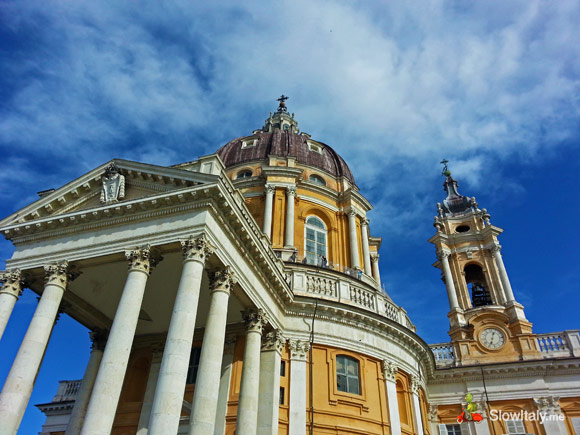
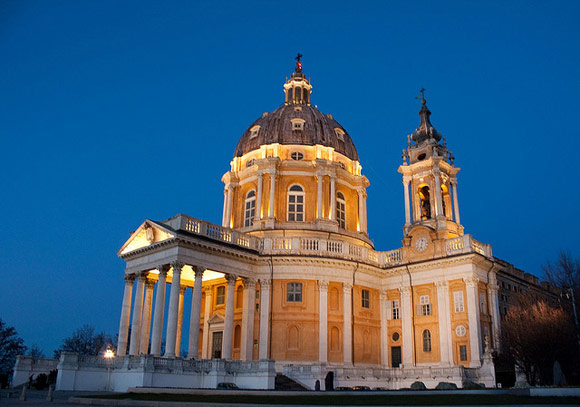
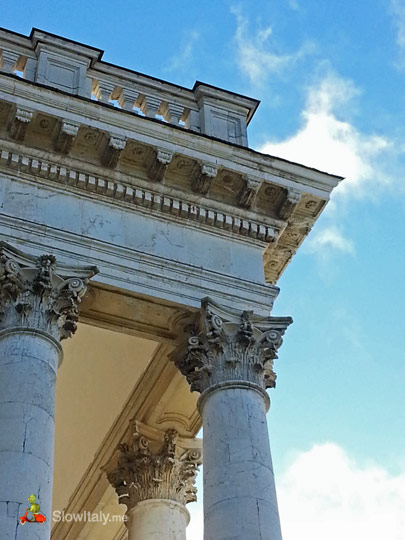
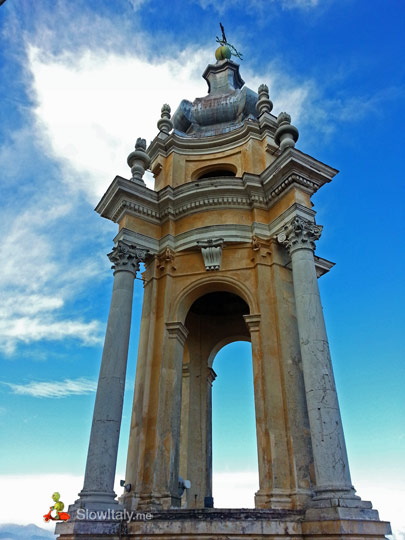
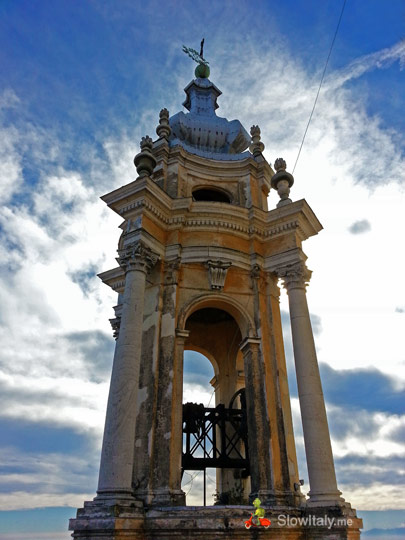
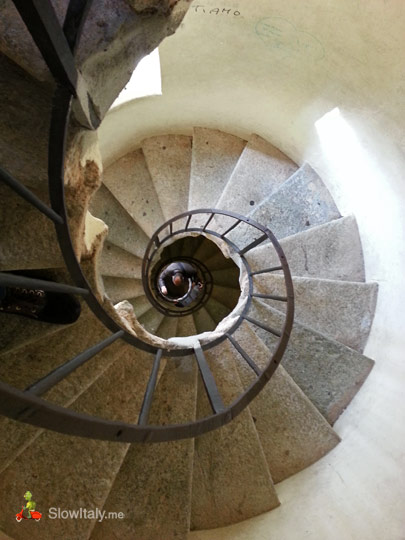
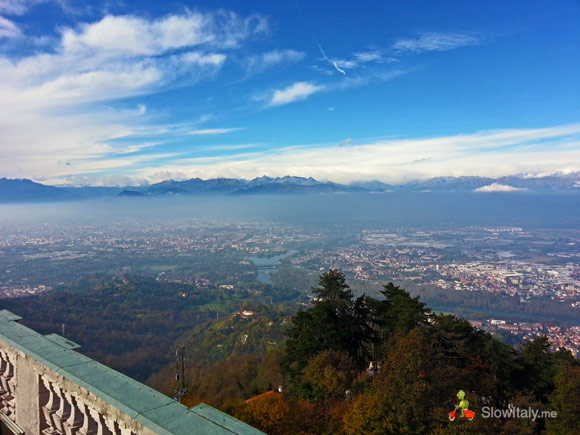
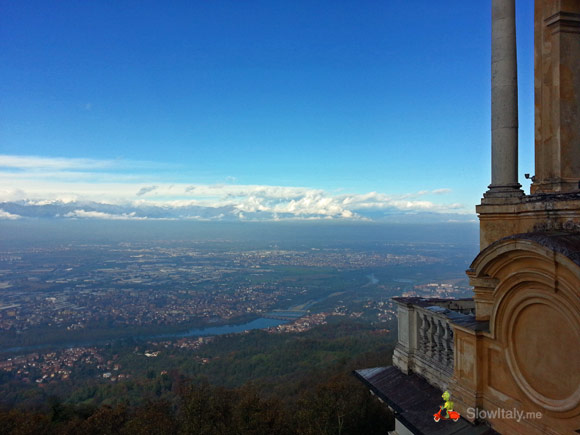

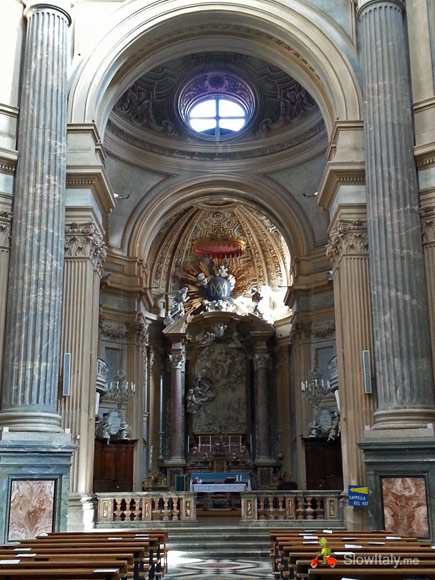
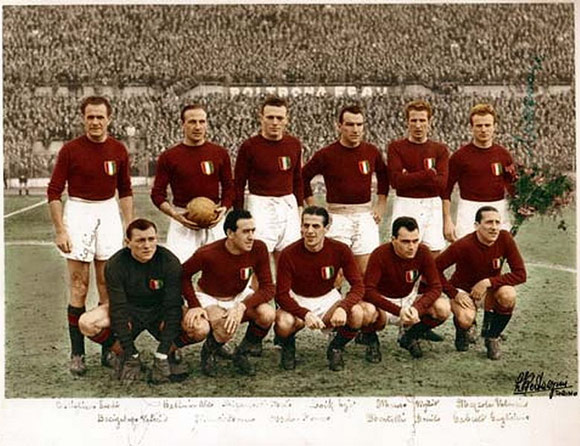
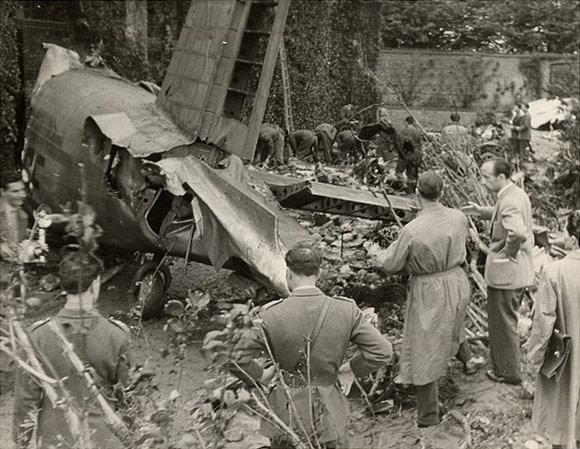
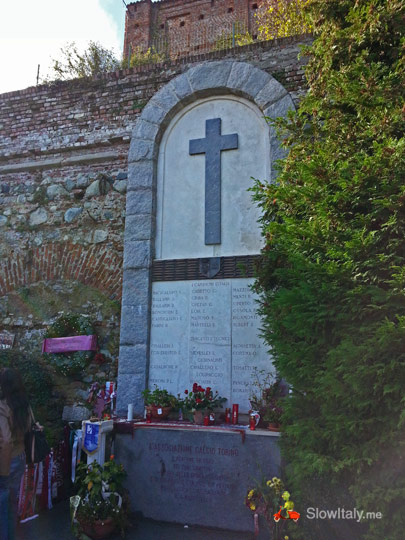
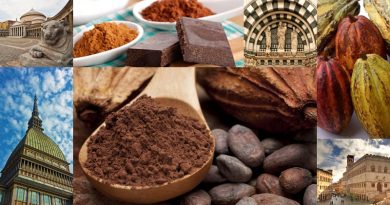

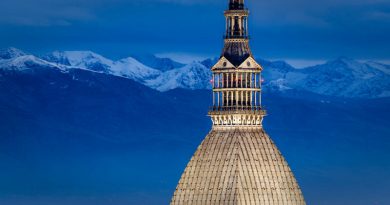
What an amazing recount of this beautiful basilica. Photos are beautiful…the tragedy of the football team is very sad. Thank you for sharing
Thank you Susan! I am so glad you like it. It’s indeed a very sad story. The location, the architecture, the vow, the tragedy and the emotion felt all contribute to conferring a special aura to this place.
Thank you for sharing such an amazing story and history. Indeed, it is a beautiful basilica.
I’m so glad you liked the article, Yoly. Thank you!
What a moving and poignant story. It made me cry. Looking forward to visiting the Basilica when I next travel to Italy . Thank you
Thank you Rose! I hope you will soon have the opportunity to visit the Basilica. It’s even more moving to see it in real, imagining what happened there, at the time of the vow and centuries later when the tragedy occurred.
What an interesting post about this beautiful church. I look forward to a lengthy visit in the spring.
Thank you Jenny! I am sure you will enjoy your trip!
I hope you will have another opportunity to visit the Superga basilica and the memorial. It was such an emotional moment to see all the people still gathering there, so many years after the tragedy. At that time, just after WWII, this team restored some of the hope and pride that had been lost during the war, so when the tragedy happened it almost felt like a national disaster. The more so because the entire team, but one, also played in Italy’s national team and you know how important football is in Italy…
” Only the fate won theme “